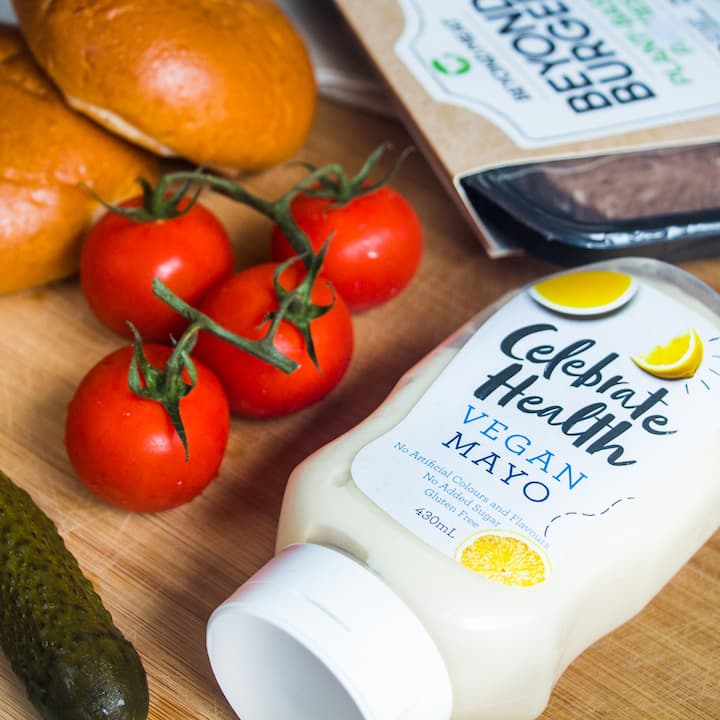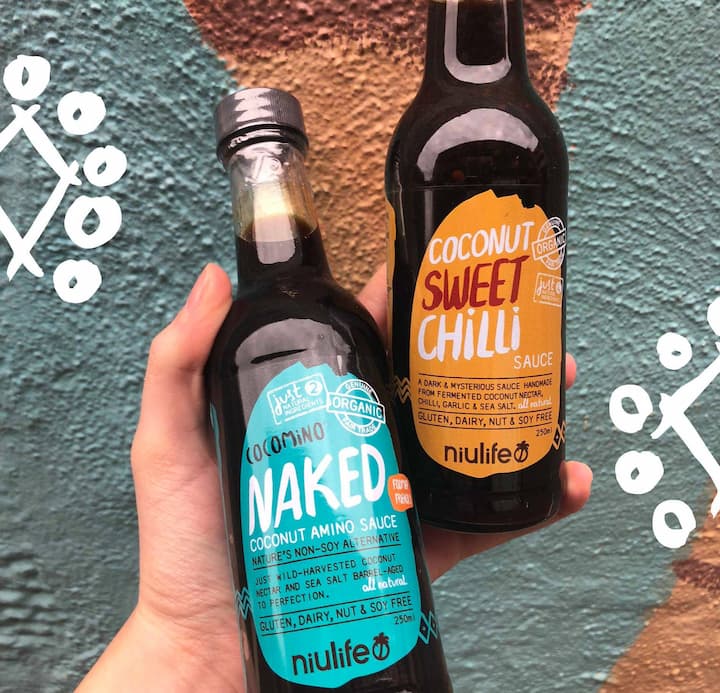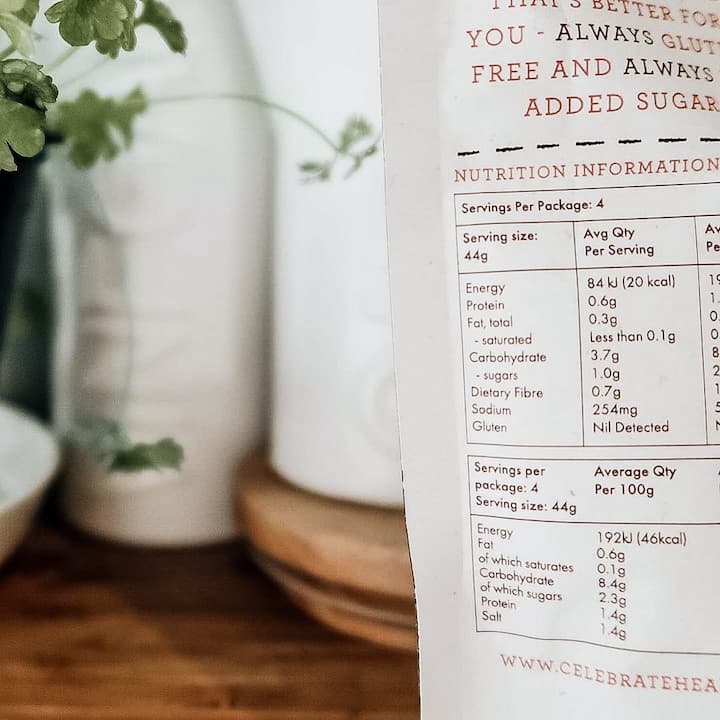Unquestionably, salad is the quintessential dish of every meal. Many of us also yearn for light, fresh meals, and salads loaded with crunchy vegetables certainly fit the bill. Even though there are many mouth-watering recipes available, sometimes a dish just needs a little bit of dressing to live up to its full potential!
Healthy Dressing to Boost the Flavour
The number of people following a vegan, vegetarian or flexitarian diet has skyrocketed in recent years, leading to an increased demand for vegan salad dressings. So, to liven up even the dullest of salads and boost the wow factor opt for a delicious and healthy salad dressing made of plant-based ingredients.
Although we enjoy dipping celery stalks in a variety of low-fat and oil-free sauces, these are the healthiest and tastiest of all of them!
Organic Vinaigrette
The basic components of a typical vinaigrette usually referred to as a French dressing, are oil, vinegar, lemon juice, salt, and pepper. Herbs and mustard may also be added for flavour.
When lemon juice is used, the ratio of oil to vinegar may be closer to 1:1 than the usual 3:1. Like oil and water, which usually don’t mix, oil and vinegar also separate when allowed to sit, therefore a vinaigrette is usually whipped up right before putting it in the salad. Commercial products can therefore incorporate an emulsifier to prevent separation, although a good shaking before use is always an option.
This fundamental duo serves as the foundation for numerous traditional dishes, from French to Italian. The vast majority of vinaigrettes are vegan-friendly, but it’s always a good idea to check the label to make sure no honey has inadvertently sneaked in.
Vegan Mayonnaise

If you love eating mayonnaise but have recently adopted a plant-based diet or are just trying to cut down your fat intake and add more plant-based foods to your regime, vegan mayo is your thing!
Unlike traditional mayonnaise, the vegan option is generally made of plant-based milk which is often unsweetened soy. When combined with the remaining ingredients, this acts as the emulsifier, binding the mayo together – much like an egg does in a non-vegan one.
Not all vegan alternatives are created equal, thus not all taste the same! However, some vegan mayos taste even better than the real thing! Some are creamy, delicious, gluten-free and vegan and a good source of Omega 3. They also contain no artificial colours or flavours, making them the perfect addition to your vegan burgers, fries and sandwiches!
To give your meals the right level of zing, there are vegan mayonnaises featured with a blend of basil, dill and parsley. Plant-based sandwiches, potato salads or even dipping in your pizza crust, everything tastes better with this type of healthy salad dressing.
Japanese Sesame Dressing
If you’ve ever eaten in a Japanese restaurant, you’ll be familiar with what we’re talking about. The Japanese Sesame dressing is that nutty, tangy, sesame-ginger sauce that is drizzled over the shredded lettuce salad or served as a sauce with Hibachi grilled steak and chicken. It has a nutty flavour and is tart, sweet, and pretty addictive.
Besides being used to give a boost of flavour to bowls full of spinach, shredded lettuce, chicken with almonds, shredded cabbage, or carrots, it can also be used as a dipping sauce. From grilled chicken skewers to fried shrimp, rice paper rolls and potstickers, it’s got all those flavour profiles going on!
Who says that roasted vegetables can taste good? You only need to add a Japanese sesame dressing. You can use it as a finish on your slow-roasted carrots with a little drizzle of honey, more sesame miso and sesame seeds. You can also add a sprinkle of chilli flakes if you want a bit of heat. It can also make a fantastic steak sauce or a marinade for chicken and beef.
Coconut Amino Sauce

Coconut amino sauce is a dark brown sauce, made by fermenting coconut palm sap with sea salt. Many people believe it to be a far healthier and lower-salt soy sauce substitute.
Coconut amino sauce tastes somewhat sweeter than soy but is otherwise identical. Contrary to its name, it does not taste like coconut but rather gives meals a savoury, or umami, flavour. People with food allergies or intolerances can use it as a soy sauce substitute because it doesn’t contain any soy, wheat, or gluten.
Like protein bars, coconut amino sauces can be a great source of protein. As their name suggests, they contain several amino acids, which are the basic building blocks of protein and fundamental for building muscle and producing hormones in the body.
Besides salad, coconut amino sauce is ideal for stir-fries, sushi, meat and fish or any dish that calls for soy sauce! It’s also suitable as a marinade or dipping sauce.
Tips on How to Choose

Read the Label
To find out exactly what is in the dressing, look at the ingredient list. Always keep in mind that fewer ingredients are preferable. The first three ingredients should be oils, vinegar, and water. Fresh spices and herbs are also great!
The Portion Size Does Matter
Examine the given serving size after reviewing the ingredients. The average amount of dressing per serving will be two tablespoons, however, some may only require one. You can determine how many calories and nutrients are in each bottle and how much to use on your salad by knowing the portion size.
Avoid Fat-Free Products
Creamy dressings frequently contain high fat and calorie content. That fat originates from sources of saturated fat, which may be bad for the heart. “Fat-free” products were developed by manufacturers to lower this fat content. Unfortunately, to make these options taste delicious, a lot of sugar and preservatives are subsequently added.
Your heart and general well-being will benefit more if you avoid fat-free products. Pick dressings with an oil basis as the unsaturated fats are heart-healthy.